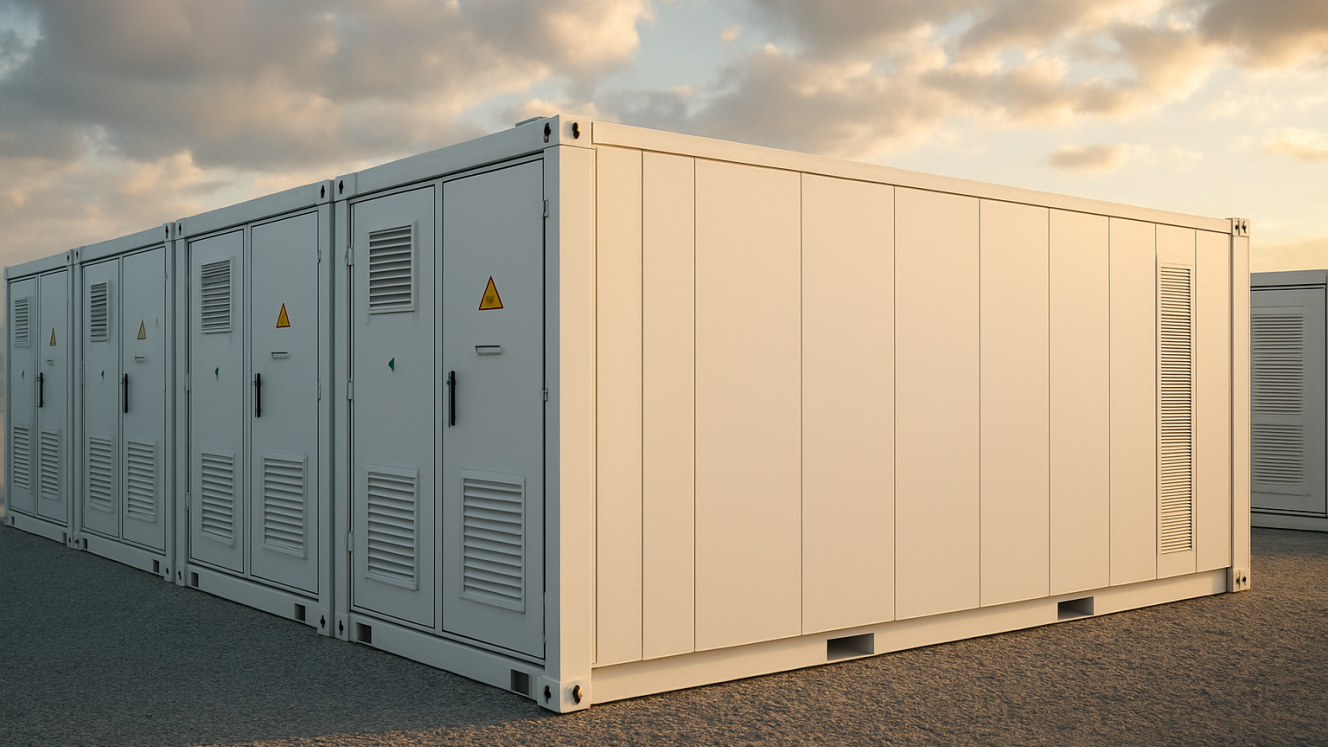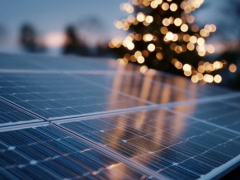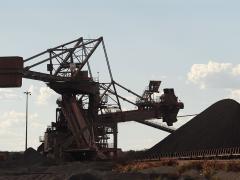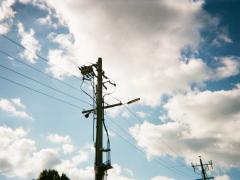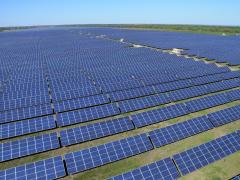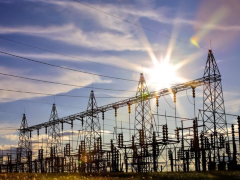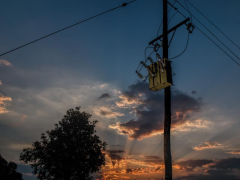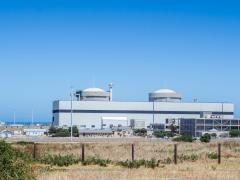Africa stands at a pivotal moment in its energy transition. With high solar potential, limited grid access and the need for rapid economic development, the continent is well-placed to adopt modular solar PV systems instead of traditional centralised energy infrastructure, says Dom Wills, Executive Director of SOLA Group.
According to the International Energy Agency, global electricity consumption is expected to rise by 3 500 TWh over the next three years. Solar PV has already overtaken coal generation in the European Union yet Africa accounted for just 4,7 GW of new renewable capacity in 2024, which is less than 3% of global additions.
This underinvestment presents a risk and an opportunity. Modular solar allows for incremental deployment with lower upfront capital requirements and reduced reliance on complex grid integration. Systems can be installed closer to demand centres, expanding access in areas where grid extension is costly or delayed.
Policy shifts in countries like South Africa, such as the lifting of generation licence requirements and the removal of capacity thresholds, have enabled greater private-sector participation in distributed generation. These changes have facilitated the development of projects that supply energy directly to commercial and industrial users via mechanisms like electricity wheeling.
In addition to increasing clean energy availability, modular systems support local manufacturing, assembly and ongoing maintenance, contributing to skills development and job creation. With enabling procurement mechanisms and policy certainty, distributed solar can help build more flexible and inclusive energy systems across the continent.
Africa has the natural resources and growing technical capacity to scale distributed energy solutions. What remains is a coordinated effort to unlock the political and regulatory support needed to accelerate implementation.

